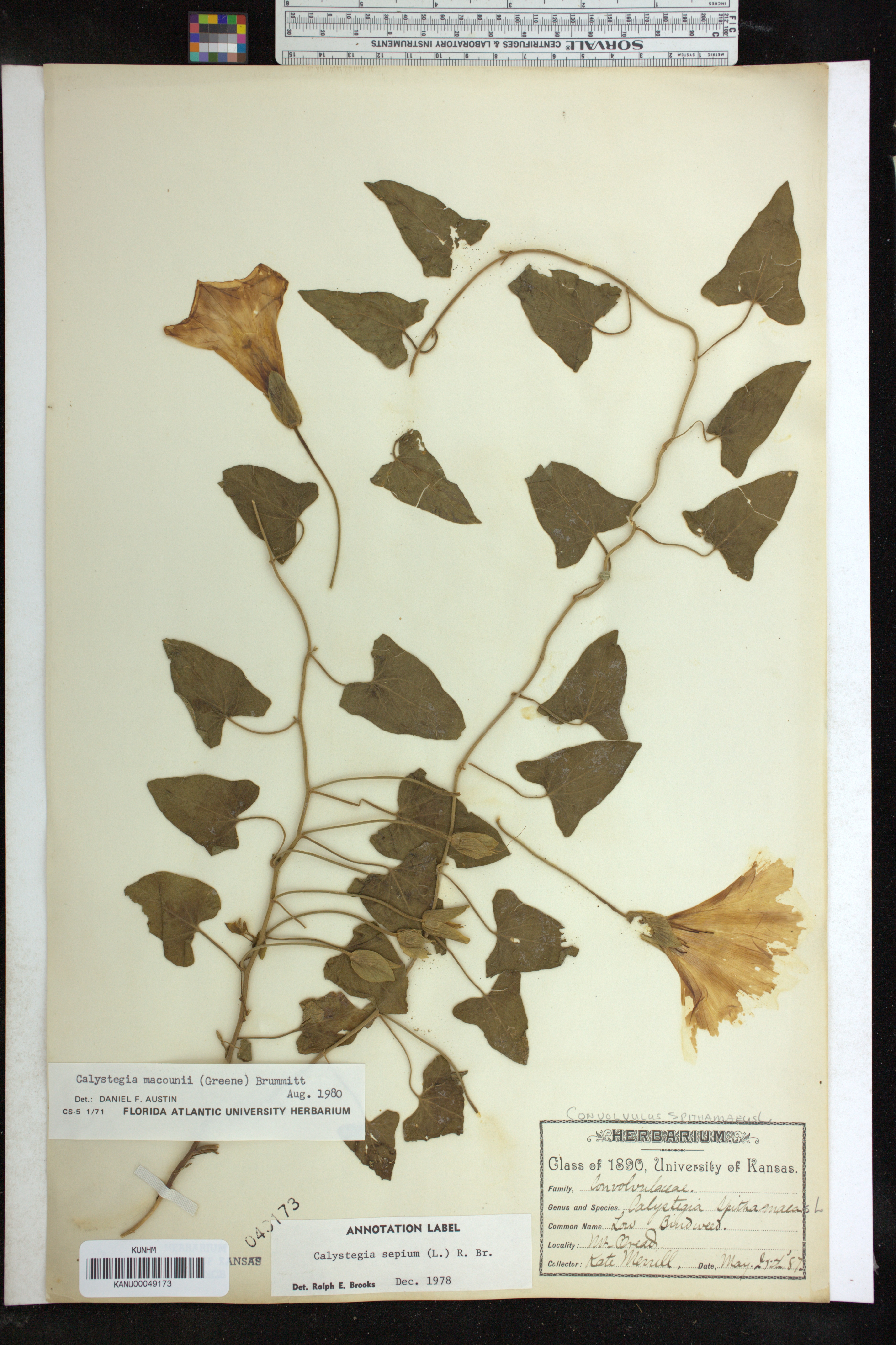Botany Bios: Katherine Merrill
If you had attended KU in the 1800s, you probably would have taken a botany class as part of your course of study. (Those were the days!) In Botany, students were required to collect and identify plant specimens. We still have several dozen of these specimens in the McGregor Herbarium. Each is mounted on a sheet with a preprinted label marked with the anticipated year of graduation. The specimen featured in this blog is marked “Class of 1890” and was collected by Katherine “Kate” Merrill in 1887.

An accomplished vocalist, Kate Merrill participated in concerts as a student at KU in 1884–1885. After a year here, she departed to study music in New York City, only to return after an ailment required her to give up singing. Merrill received her B.S. as a member of the KU class of 1889. Following graduation, she held fellowships in English at Bryn Mawr and Radcliffe College and became the first woman hired as a faculty member at the University of Illinois in 1892, where she served as an assistant professor of literature. Although she did not pursue botany after college, her collection of 26 specimens remains a contribution to our early knowledge of Kansas plants. Several of her specimens appear to be the first records for the state.

The specimen highlighted in this blog, which Merrill discovered on Mount Oread on May 29, 1887, is the first collection of Calystegia macounii (Macoun’s false-bindweed, a member of the morning-glory family) in Kansas. Nevertheless, it took almost one hundred years for the specimen to be correctly named. Identified by Merrill as Calystegia spithamaea and later as C. sepium, it wasn’t until 1980 that it was determined to be C. macounii by specialist Daniel F. Austin. Merrill’s specimen helps document the biodiversity of the tallgrass prairie that once covered the KU campus and most of eastern Kansas. Although not uncommon elsewhere in the state, the species has not been collected in Douglas County since 1941.
Contributed by Caleb Morse, KU Botany Collection Manager